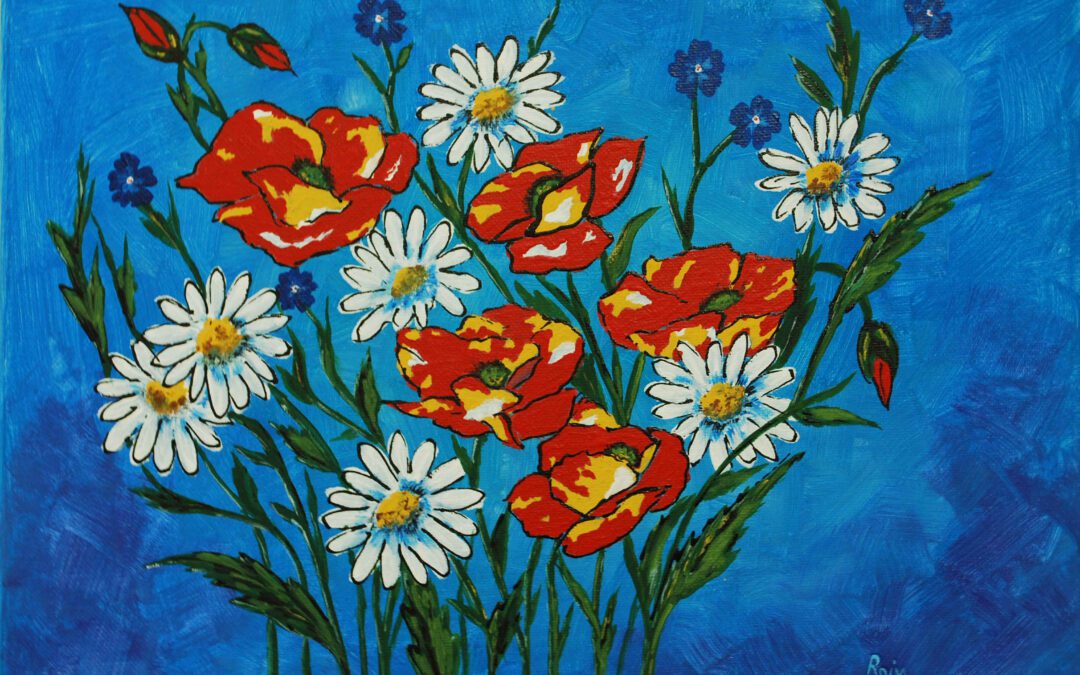How to Self-Assess Your Drawing or Painting and Improve Along the Way
When it comes to artistic growth, self-assessment is a vital skill. Knowing how to evaluate your work objectively can be the difference between stagnation and significant progress. Below are some methods to self-assess your drawings or paintings and ideas for improvement.
1. Step Back and Gain Perspective
Assessment:
After completing a piece, it’s essential to step back and view your work from a distance. This will help you see the composition as a whole rather than getting caught up in details. Ask yourself:
- Does the composition feel balanced?
- Are the focal points clear and well-positioned?
- Does the overall piece convey the mood or message you intended?
Improvement Tips:
- Thumbnail Sketches: Before starting, create small, simplified versions of your composition. This can help you spot potential issues early.
- Flip the Canvas: If you’re working digitally, flipping the canvas horizontally can help you see mistakes that you might have missed. For traditional media, use a mirror to view your work in reverse.
- Grayscale Test: Convert your work to grayscale (even mentally) to check value contrasts and ensure your composition reads well without color.
2. Analyze the Use of Color and Light
Assessment:
Color and lighting are crucial elements that can make or break a piece. Consider:
- Are the colors harmonious, or do they clash?
- Do the shadows and highlights accurately represent the light source?
- Is there a good balance between warm and cool colors?
Improvement Tips:
- Color Studies: Practice with color studies before committing to a final piece. Experiment with different palettes to find what works best.
- Lighting Practice: Use references or set up simple still-lifes to study how light interacts with different objects.
- Limit Your Palette: Start with a limited color palette to gain control over color harmony. Gradually introduce more colors as you become confident.
3. Evaluate Proportions and Anatomy
Assessment:
Whether you’re drawing a landscape or a figure, accurate proportions are key to realism and believability. Ask:
- Are the proportions of the subject accurate?
- Does the anatomy (in figurative work) look natural and convincing?
- Are there any distortions or exaggerations, and are they intentional?
Improvement Tips:
- Use References: Don’t shy away from using reference images, especially when working with complex anatomy or perspectives.
- Practice Gesture Drawing: Regular practice of quick, loose sketches will improve your ability to capture proportions and movement.
- Grids and Guidelines: Use grids or guidelines to help maintain proper proportions, especially in detailed work.
4. Assess the Level of Detail
Assessment:
Detail can enhance a piece, but too much can overwhelm it. Consider:
- Are the details in the right places, or do they detract from the focal points?
- Is the level of detail consistent throughout the piece?
- Have you overworked any areas?
Improvement Tips:
- Hierarchy of Detail: Focus on adding detail to the most important areas (like the focal point) and simplify less crucial parts.
- Know When to Stop: Sometimes, less is more. Learn to recognize when a piece is finished and avoid overworking it.
- Texture Practice: Experiment with different techniques to achieve texture and detail without overcrowding your work.
5. Reflect on Your Creative Process
Assessment:
Your mindset and approach during the creation process are as important as the technical aspects. Reflect on:
- Did you enjoy the process, or were you too focused on the outcome?
- Were you able to maintain a sense of flow, or did you struggle with certain aspects?
- How did your initial idea evolve as you worked?
Improvement Tips:
- Journaling: Keep a journal to document your thoughts and feelings while creating. This can help you identify patterns and areas for growth.
- Experiment: Allow yourself to experiment without the pressure of creating a masterpiece. This can lead to unexpected discoveries and creative breakthroughs.
- Mindfulness: Practice mindfulness to stay present during your creative process. This can help you connect more deeply with your work and reduce frustration.
Final Thoughts
Self-assessment is an ongoing process, and it’s essential to be kind to yourself as you evaluate your work. Progress in art is not always linear, and every piece you create is a step forward, regardless of the outcome. By developing a habit of self-reflection and constructive critique, you can steadily improve your skills and find greater satisfaction in your artistic journey.
Remember, each piece you create is a learning experience, and with each assessment, you’re equipping yourself with the tools to grow as an artist. Keep creating, keep assessing, and most importantly, keep enjoying the process.
If you would like to fast forward your learning using Acrylics OR Oil Pastels, check out some of the popular courses below



